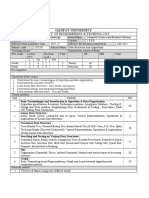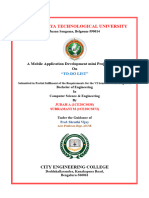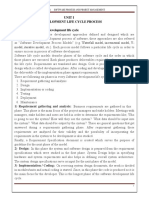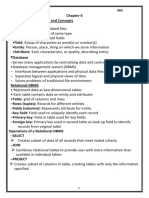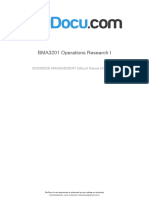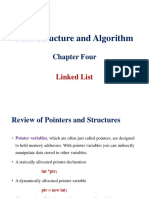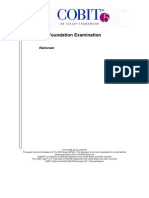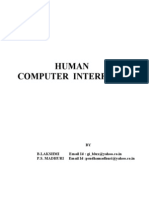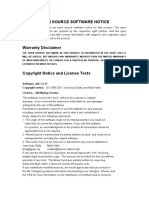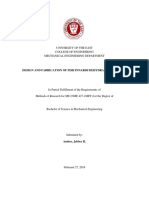100% found this document useful (1 vote)
148 views25 pagesVector Quantization Techniques
Vector quantization is a lossy data compression technique that quantizes blocks of data instead of single samples. It works by mapping input vectors to codevectors in a codebook. The encoder finds the closest codevector match and transmits the index. At the decoder, the index is used to reconstruct the codevector. VQ performance depends on codebook size and vector size, with larger codebooks and vectors providing better performance at the cost of complexity.
Uploaded by
Pavithran VijayalakshmiCopyright
© © All Rights Reserved
We take content rights seriously. If you suspect this is your content, claim it here.
Available Formats
Download as PDF, TXT or read online on Scribd
100% found this document useful (1 vote)
148 views25 pagesVector Quantization Techniques
Vector quantization is a lossy data compression technique that quantizes blocks of data instead of single samples. It works by mapping input vectors to codevectors in a codebook. The encoder finds the closest codevector match and transmits the index. At the decoder, the index is used to reconstruct the codevector. VQ performance depends on codebook size and vector size, with larger codebooks and vectors providing better performance at the cost of complexity.
Uploaded by
Pavithran VijayalakshmiCopyright
© © All Rights Reserved
We take content rights seriously. If you suspect this is your content, claim it here.
Available Formats
Download as PDF, TXT or read online on Scribd
/ 25













